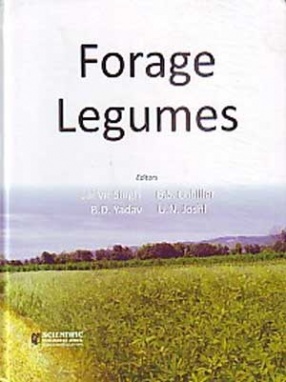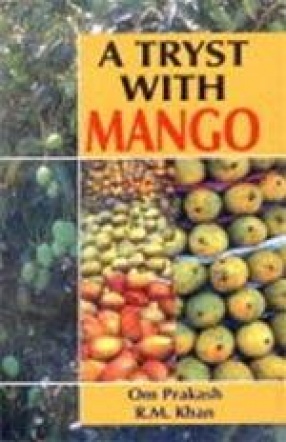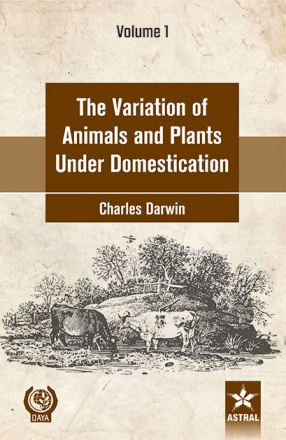Forages are backbone of sustainable agriculture and contribute extensively to national economy. One of the major roles of forages is to provide feed for live-stock, which convert fibre into human food, such as milk and meat. Among different forages, legumes play an invaluable part in grassland farming in many regions of world. Forage legumes in particular are used as green manure, cover crops and short term pastures in rotation with cereal crops.
Forage legumes are advantageous due to their contribution to the nitrogen economy of grasslands, low cost systems of animal production and to subsequent crops for N-fixation. Further, legumes are having superior feeding value in terms of nutritive value as well as voluntary intake in comparison to grasses.
The book "Forage Legumes" comprising twelve chapters has been written by scientists working on various aspects of forage legumes for the last 15 to 30 years. It consists of information related to breeding aspects, biotechnological techniques, production technology, nutrient management, insect and pest management, seed production technology, nutritional and antinutritional constituents, nutritional potential in ruminants and health aspects of forage legumes. The knowledge shared in the book would be of immense use for the planners, scientific and farming community, as well as students of agriculture and veterinary sciences.





There are no reviews yet.